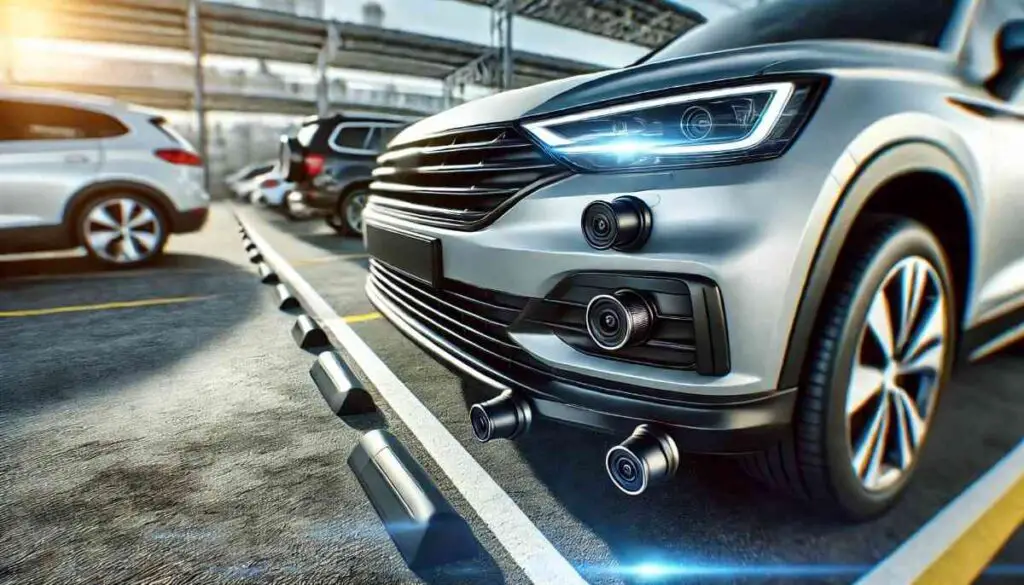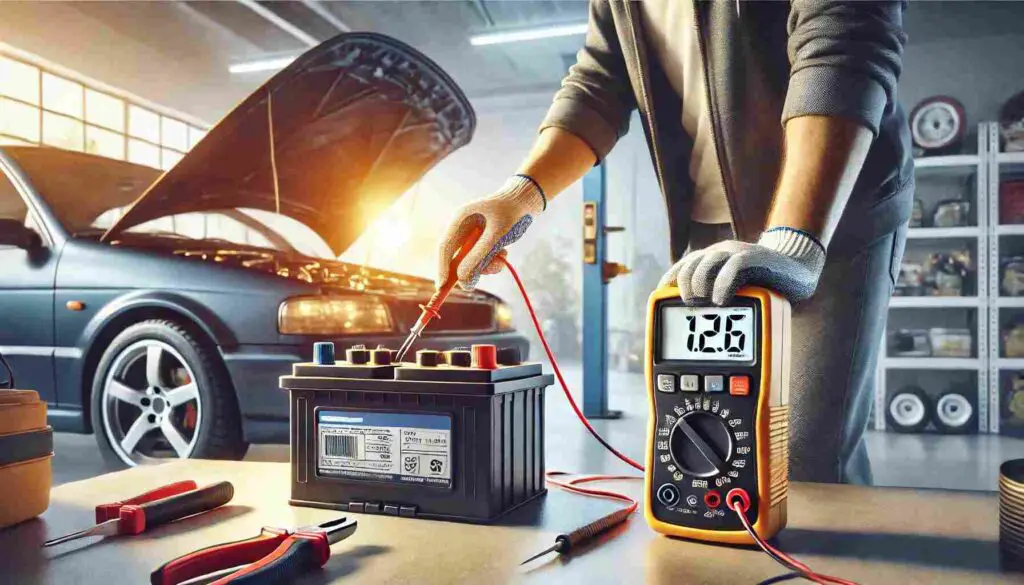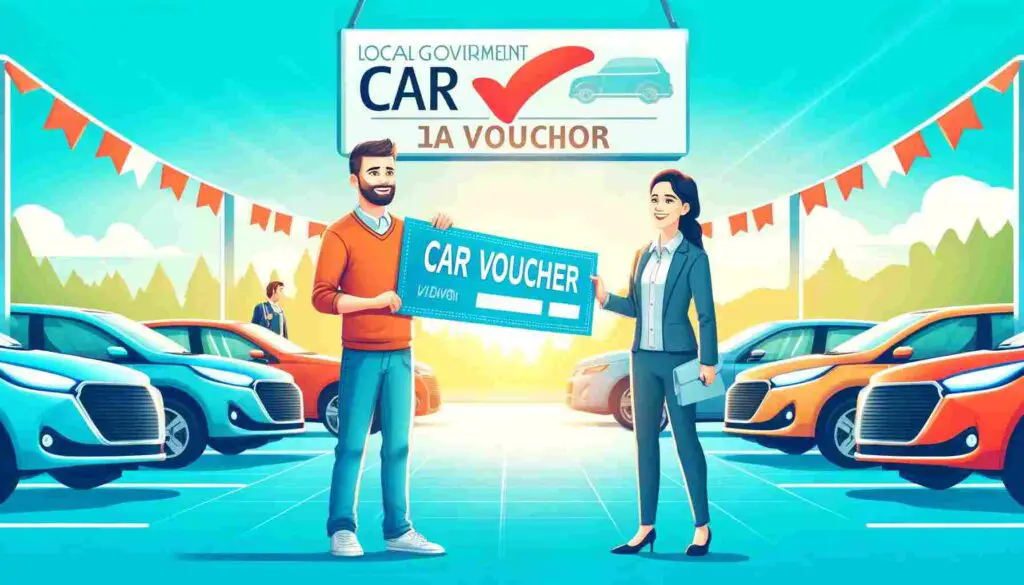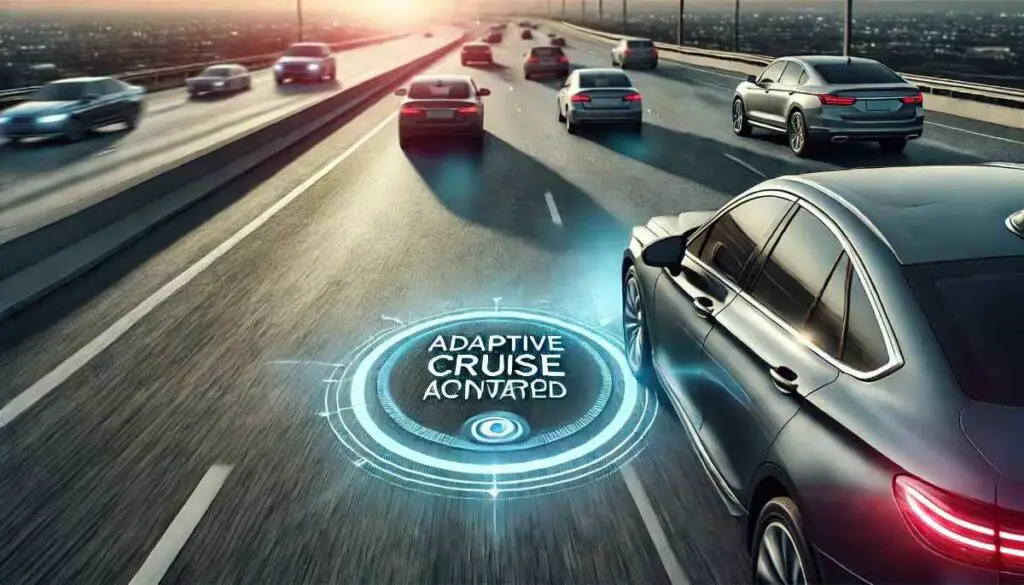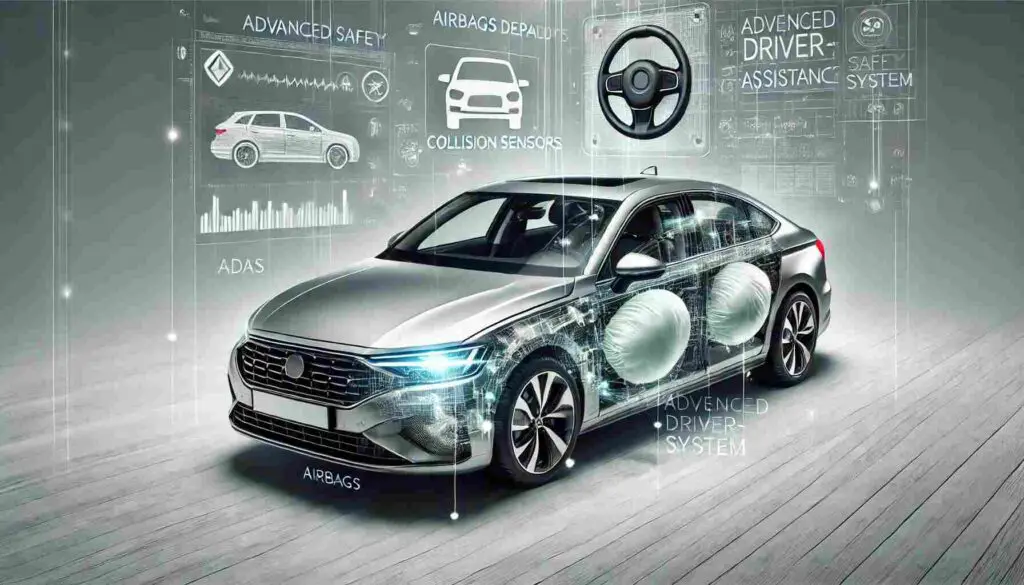Parking technology has come a long way in enhancing driver safety and improving the parking experience. With the growing complexity of urban environments and tighter parking spaces, the integration of parking sensors and cameras in modern vehicles has become an essential part of ensuring safer and more convenient driving. This article delves into the role of parking sensors and cameras, their benefits, and how they can elevate vehicle safety and efficiency.
What Are Parking Sensors and Cameras?
Parking sensors and cameras are advanced technologies installed in vehicles to assist drivers in parking, preventing accidents, and improving overall vehicle maneuvering. These systems work together to enhance both the safety and convenience of parking in tight spaces, ensuring better control and a reduced risk of accidents.
How Parking Sensors and Cameras Work Together
Parking sensors emit sound signals to detect objects around the vehicle, alerting drivers with an audible warning as they approach obstacles. Meanwhile, parking cameras provide a visual aid to help drivers see their surroundings, offering a clearer perspective on what’s around them. Together, they create a seamless and effective parking assistance system that combines audio and visual alerts.
The Evolution of Parking Technology
Parking technologies have evolved from simple rearview mirrors to advanced sensor and camera systems. Initially, parking sensors were limited to ultrasonic technologies, offering only basic proximity alerts. Today, parking cameras have expanded the technology, providing high-definition visuals and integrating with in-car systems to offer real-time feedback. As a result, modern vehicles are equipped with cutting-edge parking technologies that provide precise, comprehensive support for safe parking.
Why Parking Sensors and Cameras Are Essential in Modern Vehicles
Enhancing Driver Safety
In today’s busy roads, parking sensors and cameras play a vital role in improving overall vehicle safety. They assist drivers in avoiding obstacles, pedestrians, and other vehicles, reducing the likelihood of minor collisions and property damage. With increased visual and audible cues, drivers have a clearer understanding of their surroundings, making it easier to navigate tight spaces and crowded parking lots.
Preventing Accidents and Property Damage
The most significant advantage of parking sensors and cameras is their ability to prevent accidents. Parking in busy areas often leads to minor dents or scratches, especially in narrow spaces. Parking sensors alert drivers of objects in their blind spots, while cameras give a visual perspective to further reduce the risk of hitting obstacles, thus minimizing the chances of accidents.
Facilitating Easier Parking and Maneuvering
Parking sensors and cameras make parking more accessible, even in challenging spots. For example, 360-degree cameras offer a full view of the surroundings, which is extremely helpful in tight spots or garages. Parking sensors, on the other hand, make parking in reverse easier by alerting drivers to objects directly behind or in front of them, thereby improving overall vehicle maneuvering.
Understanding Parking Sensors
Types of Parking Sensors: Ultrasonic vs. Electromagnetic
Parking sensors typically come in two main types: ultrasonic and electromagnetic. Ultrasonic sensors are the most commonly used, emitting sound waves that bounce off objects and return to the sensor, alerting the driver to the distance and proximity of the objects. Electromagnetic sensors, however, use electromagnetic fields to detect obstacles and notify the driver via a visual or auditory alert. Both types are effective in different scenarios, with ultrasonic sensors offering more reliability in various parking conditions.
Sensor Components and Functionality
Parking sensors work through a combination of ultrasonic sound waves and advanced signal processing. These sensors can detect objects within a defined range and provide feedback to the driver. Typically installed on the vehicle’s bumper, parking sensors can detect obstacles from a distance of 12 to 16 feet, depending on the sensor’s quality. The alert system then provides visual or audio signals, alerting the driver to the presence of obstacles.
The Role of Parking Cameras
Types of Parking Cameras: Rearview, Frontview, and 360-Degree Cameras
Parking cameras are designed to enhance the parking experience by offering visual assistance to the driver. Rearview cameras are the most common and provide a direct view of what’s behind the vehicle, which is especially useful when reversing into a parking spot. Frontview cameras, although less common, provide a clearer view when parking head-first into a spot. 360-degree cameras, on the other hand, provide an all-encompassing view of the surroundings, making it easier to detect objects around the car.
The Technology Behind Parking Cameras
Parking cameras integrate with the vehicle’s infotainment system, providing real-time visuals of the area around the vehicle. These cameras typically feature wide-angle lenses, high-resolution displays, and night vision capabilities for clearer views in low-light conditions. The integration with the infotainment system allows for ease of use and instant feedback while parking.
Advantages of Parking Cameras
-
Improved Visual Awareness: Parking cameras provide a bird’s-eye view of the surroundings, allowing for better visual awareness of the parking space.
-
Easier Parking in Tight Spaces: Cameras, especially 360-degree ones, offer a broader range of view, making it easier to park in crowded areas or tight spaces.
-
Enhanced Nighttime Parking Capabilities: Night vision capabilities in parking cameras make parking at night easier, allowing drivers to park confidently in low-light conditions.
The Benefits of Combining Parking Sensors and Cameras
Synergy Between Sensors and Cameras
When parking sensors and cameras work in tandem, they create a comprehensive parking solution that combines both visual and auditory feedback for the driver. Sensors offer proximity alerts, while cameras provide a visual perspective, making it easier for the driver to maneuver the vehicle with precision.
Advanced Parking Assist Features
Some modern parking systems offer even more advanced features like automatic parking assist and lane departure warnings. These systems use the data from parking sensors and cameras to guide the car into a parking space autonomously or alert the driver to potential collisions.
Legal Requirements and Insurance Benefits
In some regions, parking technologies such as rearview cameras have become mandatory, making these systems crucial for compliance with local regulations. Additionally, installing parking sensors and cameras may reduce the cost of vehicle insurance premiums by decreasing the likelihood of accidents.
Choosing the Right Parking System
Factors to Consider When Selecting Parking Sensors and Cameras
When selecting a parking system for your vehicle, it’s important to consider factors such as:
-
Budget: Basic sensor-only systems are affordable, while integrated sensor and camera systems come with higher costs.
-
Vehicle Compatibility: Ensure the system is compatible with the size and model of your vehicle.
-
Camera Resolution and Sensor Range: Higher resolution cameras and longer-range sensors offer better performance, especially in complex parking situations.
Pros and Cons of Different Parking Systems
-
Sensor-Only Systems: These are ideal for drivers looking for basic parking assistance at a lower cost.
-
Camera-Only Systems: These systems provide excellent visual support but lack the audible proximity alerts.
-
Integrated Sensor and Camera Systems: These systems offer the best of both worlds, combining visual and auditory feedback for the most comprehensive parking assistance.
Installation, Maintenance, and Troubleshooting
Installing Parking Sensors and Cameras
Whether opting for a do-it-yourself installation or professional installation, parking sensors and cameras can typically be fitted in a few hours. Professional installation ensures proper setup and calibration, while DIY options may require more time and expertise.
Maintaining Your Parking System
To maintain optimal performance, parking sensors and cameras need regular cleaning. Keep the sensors and cameras free from dirt, debris, and other obstructions that could affect their performance.
Troubleshooting Common Issues
Common issues with parking sensors and cameras include false alerts, malfunctioning displays, and connectivity problems. Diagnosing the issue and addressing it promptly can help ensure the system works efficiently. If the issue persists, consulting with a professional may be necessary.
Future Trends in Parking Technology
Integration with AI and Autonomous Parking
The future of parking technology lies in the integration of artificial intelligence (AI) and machine learning. These advancements will allow vehicles to park autonomously, with sensors and cameras providing real-time feedback and controlling the parking process entirely.
Smart Cities and Parking Infrastructure
With the rise of smart cities, parking sensors and cameras will play a pivotal role in shaping urban infrastructure. These systems will be integral to the development of autonomous parking solutions and will help optimize parking space usage, making parking more efficient and less stressful.
Conclusion: The Future of Parking Technology
Parking sensors and cameras are no longer just luxury features in modern vehicles—they are essential components for ensuring driver safety, preventing accidents, and improving parking efficiency. As technology continues to evolve, we can expect even more advanced and integrated parking solutions to emerge, revolutionizing the way we park and navigate our vehicles. Whether you opt for a sensor-only system, a camera-based solution, or an integrated system, investing in parking technology is a smart choice for today’s drivers.

